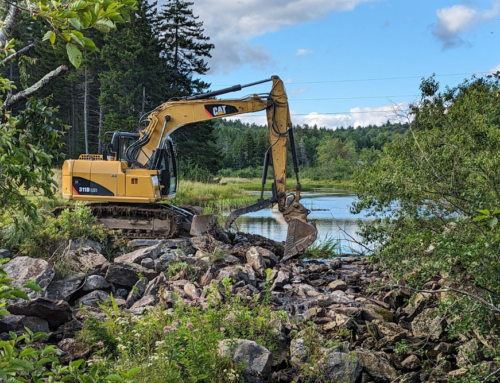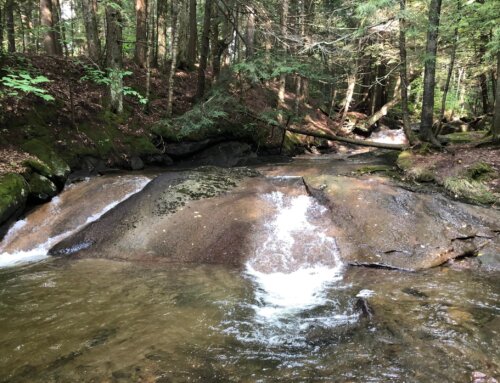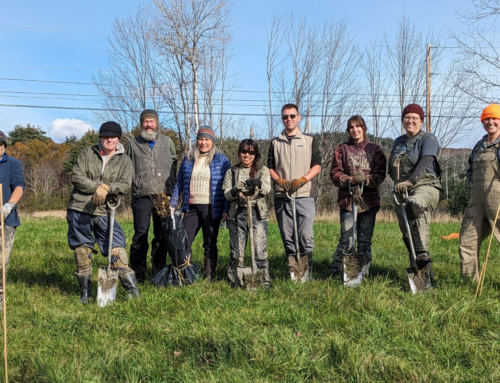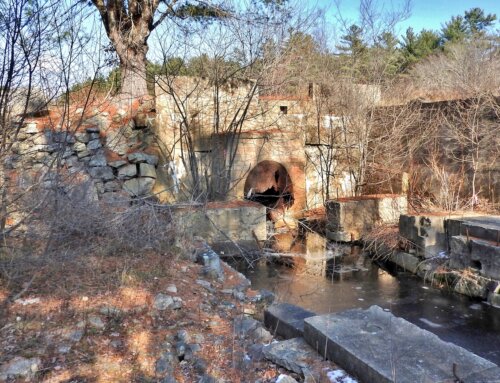Each week, Connecticut River Conservancy volunteers go out to their local tributary rivers in the Connecticut River Valley to monitor for river herring as the fish return to freshwater ecosystems to spawn. These dedicated volunteers provide CRC, the CT Department of Energy & Environmental Protection (DEEP), and other partners with valuable data to track where river herring are present and absent. DEEP monitors at several locations in the watershed, and this joint program helps to provide a more comprehensive understanding of the health of our river herring populations. Many thanks to our partners and volunteers who give this program life!
Fish Update from the Waters
Written by Steve Gephard, former fisheries biologist with the CT Department of Energy and Environmental protection.
The low numbers of river herring continued in Connecticut this past week as cool temperatures kept the run subdued. As you read this, the water temperatures are rising due to the warm days (I recorded about 60 F (15 C) on the Salmon River today, April 28th), but it was much cooler last week. The strongest run along the Connecticut River may be in the Mattabesset River where a decent run of river herring has been going up the StanChem Fishway in East Berlin. When things settle down in the summer, DEEP staff will review the videography file to record the numbers of fish passing at the fishway.
The blueback herring are in the river but it is likely that alewives still are too, so it is hard to determine which species you may be looking at without grabbing one. On Friday I dropped by the Moulson Pond Fishway (Eightmile River, Lyme, CT) and found herring in the fishway. I wanted to see which species it was but had no net. Dr. David Bingham (Salem Land Trust, etc.) was there with a butterfly net and we splashed around for a while trying to net one. No luck. Never take a butterfly net to a fish rodeo. I snorkeled the Salmon River today and saw about 100 blueback herring at the head-of-tide actively spawning. That’s not many, but we’ll take what we can get. The white sucker run, which should have peaked earlier, was in full force everywhere. I also saw one shad, which is not a common species in the Salmon River.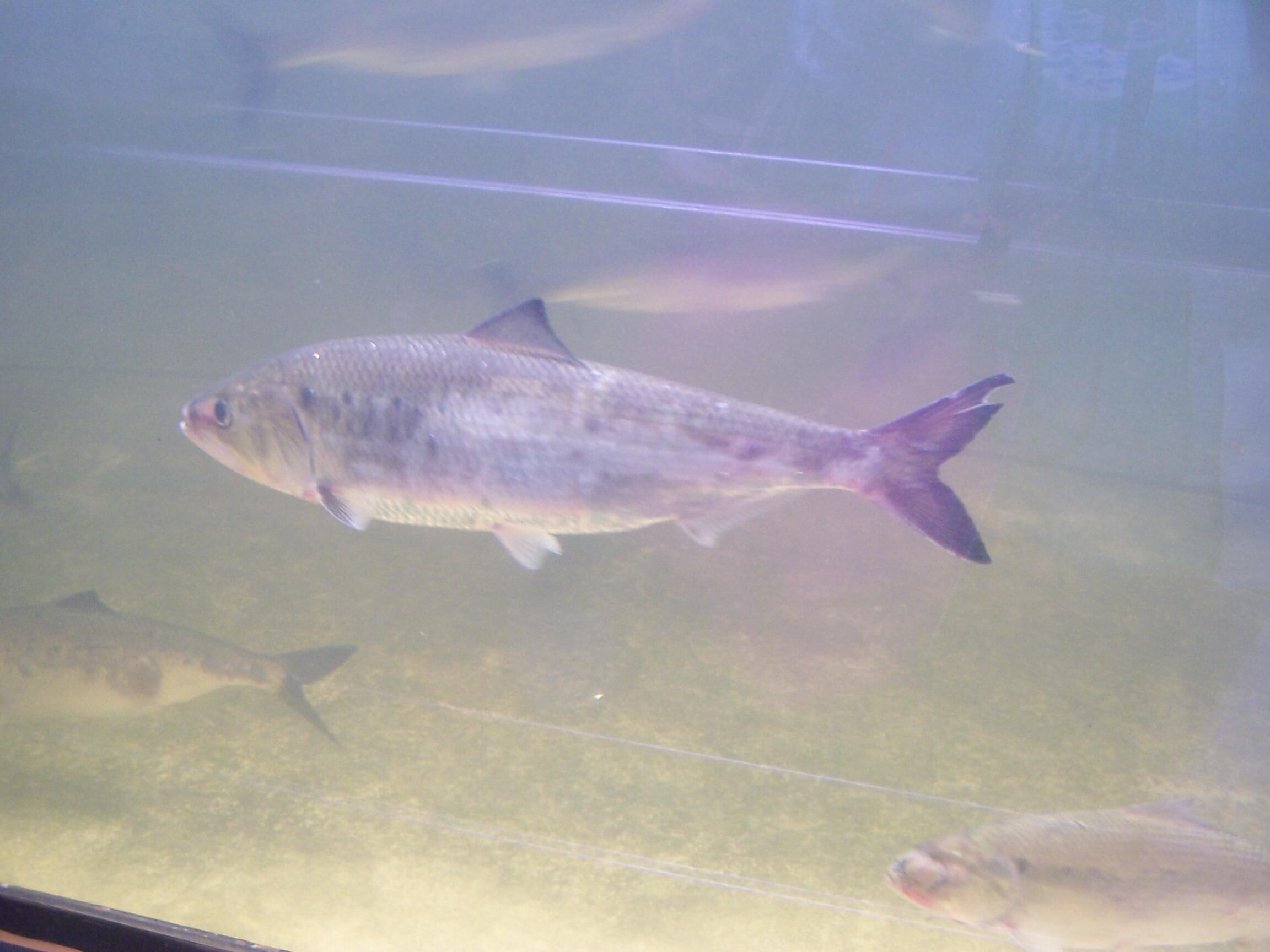
The shad are piling into the river but not moving upstream very fast now due to the cooler water temperatures. The Holyoke Fishlift has only passed 1,600 so far. The netters in the lower river are reporting good catches, so they’re around. The cold weather may favor the netters if the shad enter the river but don’t move upstream quickly. If they stay in the lower river, they give the netters an extended chance to catch them. I bought my first shad of the season from a store in Old Saybrook, CT and grilled it that night. Delicious. While I was down there, I went to Saybrook Point and watched the ospreys fishing in the river, coming up with river herring in their talons. The shadbushes (or shadblows) are in full bloom now. If you are passing the Salmon River in East Haddam, check out the shadbush at the Leesville fishway, which I planted about 25 years ago. These fish are cool-blooded so their movement is strongly influenced by water temperature. They are much more energetic in warmer temperatures (although there is a limit to that trend).
For volunteers out in the field:
We now have a forecast for another few warm days before the next cool-off. I think it may offer the last opportunity to alewives to go up tributaries and spawn. Once we get into May, even though it may get warmer, the alewife run will be winding down. Most will have already spawned. It seems likely that 2021 will go down as a lackluster year. However, we still have over a month for the blueback herring run and they tend to be more obvious in the tributaries than the alewives, so keep your eyes open. They have a tendency to pile into Wethersfield Cove to spawn and often large boiling schools circle the edges of the Cove. It is a great opportunity for the DEEP and USFWS to net some for transplanting in other streams so if you see that going on, report to Kelsey ASAP so she can contact Kevin and/or Ken. To Jackie at Higganum Creek—that waterfall downstream of the Dublin Hill Road Bridge is impassable to river herring, as well as every other fish species except American eel. The best place to look for river herring in Higganum Creek is to park right by the bridge and follow the road past the gate down the hill. You’ll see the old mill foundation—skirt it to the left and walk due south toward the brook. The brook is about 20 feet below the stone wall. If you have good footing and confidence, walk out onto the top of the wall to the right and look down to the base of the waterfall. The water is generally clear and you can see fish piling up below.
Steve Gephard
Volunteer River Herring Data from April 19th -25th
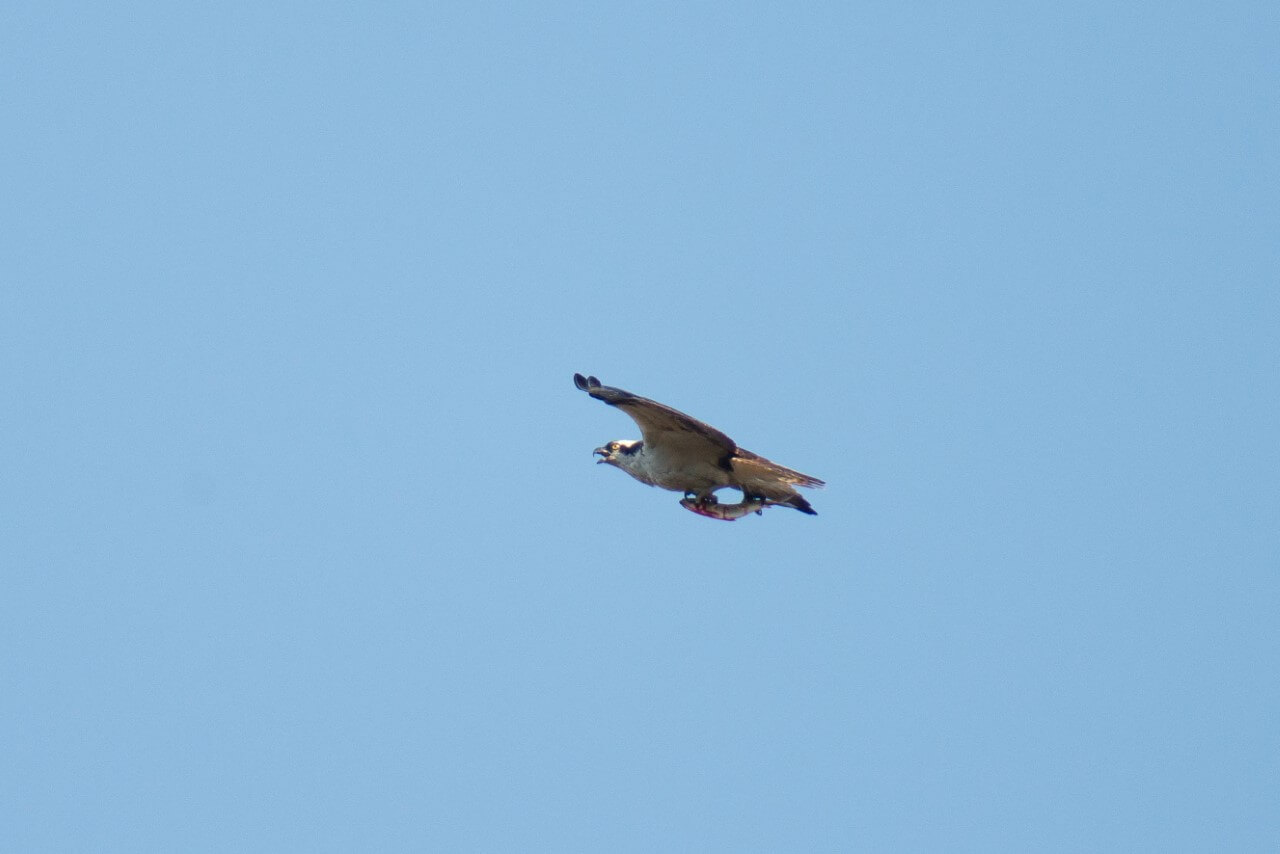
Laura B. took this great photo of an osprey with a fish in its talons.
CRC volunteers have now spent two full weeks steadily observing their sites to see if migratory river herring are making their way back up the Connecticut River’s tributaries to spawn. While we saw a flurry of activity in our first week, only one volunteer reported seeing any herring this past week. However, we received a number of great photos and reports from the field and we are ever-grateful for volunteers who visit their sites each week, especially when they report only zeros.
While reporting a zero is less exciting, this still provide natural resource managers critical and useful information.
The map below displays data report from the season through April 25th, but the color of the pin on the map only reflects the most recent report. To see a more complete dataset, click on the dot, select “latest Measurements” at the top and click anywhere on the graph. This will pull up all of the reports represented so far.
Featured Site: Farmington River, Windsor, CT

Photo Credit: Bonnie Jean D.
Bart’s drive-in restaurant is a Windsor fixture with a boat launch on the Farmington river just behind it. From there you can see one of Windsor’s most photographed and picturesque features, a stone railroad bridge. Welch Park is several miles upstream from Bart’s. It has a town pool and baseball fields backed up by the Farmington river. Both of my monitoring sites have been part of my life for over 40 years. At Bart’s I get to chat with people who are fishing with no luck. At Welch Park I am usually the lone person there. I have to do a short scramble down to the edge of the water where there are gentle rapids. So far my fish counts have been zero.





